8 February 2025
Tribal festivals – ever been to one? No? Well, you’re in for a treat because they’re like a vibrant, living storybook where culture, belief, and nature all intertwine into something that feels almost magical. Picture this: colorful costumes, pounding drums, rhythmic dances, and yes, animals and elements of nature playing a huge role. These festivals are more than just celebrations; they are deeply connected to the environment and animals that surround the tribes.
In today’s fast-paced world, where technology dominates, many of us have lost touch with nature. But for tribal communities, Mother Earth and her creatures are front and center. Let’s dive into the significance of animals and nature in tribal festivals and discover why these elements are so profoundly important in these celebrations.
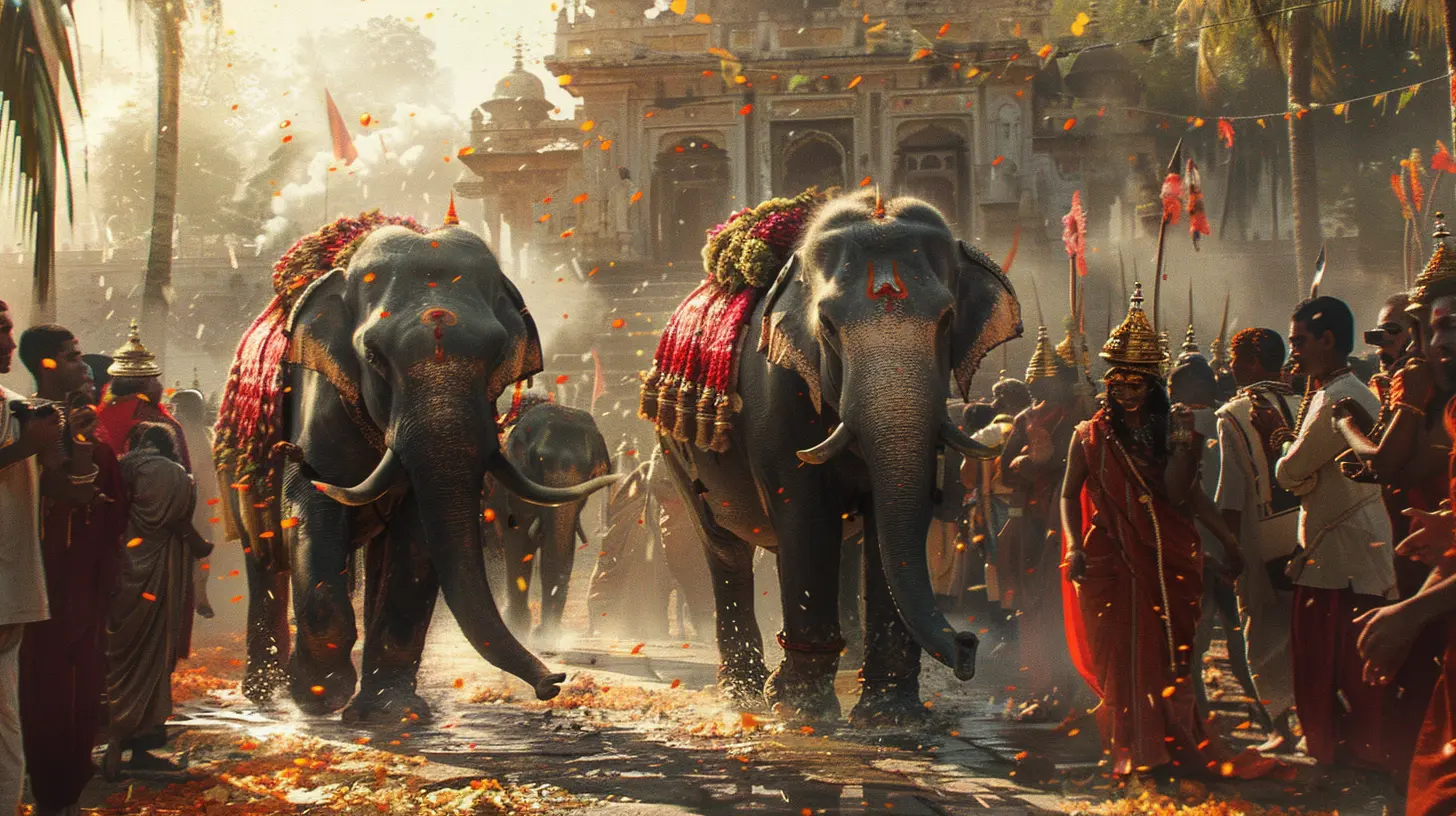
Understanding Tribal Festivals: A Celebration of Life
Before we even get to the nitty-gritty, let’s first understand what tribal festivals are all about. Have you ever been to a party where nature is the guest of honor? That’s essentially what these festivals are—celebrations that evoke a deep connection with the earth, animals, seasons, and even spirits.Tribal festivals are annual or seasonal gatherings held by indigenous tribes to celebrate life’s cycles. They’re not just about entertainment; they preserve the tribe’s history, tell stories, and pass down eternal wisdom. They also honor the cycles of harvest, the changing seasons, and the animals and spirits believed to protect or guide the tribe.
Each tribe has its unique way of celebrating, but one thing remains constant—nature plays a pivotal role in all festivities. Whether it’s through wearing animal skins, performing dances imitating animals, or thanking the land for its bounty, nature and animals are inseparable from these vibrant celebrations.
Why Nature and Animals, Though?
Honestly, when you're completely intertwined with your environment, like many indigenous tribes are, it's impossible to separate your culture from nature. Imagine living in a dense forest, a wide desert, a high plateau, or a tropical island; you're not just in nature; you're of nature. The wind, the trees, the animals—they're part of your everyday life.Tribal people see themselves as guardians of the land, not just consumers of its resources like modern-day societies often do. Respect for animals and nature isn’t just polite; it's survival. It’s a spiritual relationship, an unspoken contract that feeds their traditions, food sources, and even moral codes of conduct.
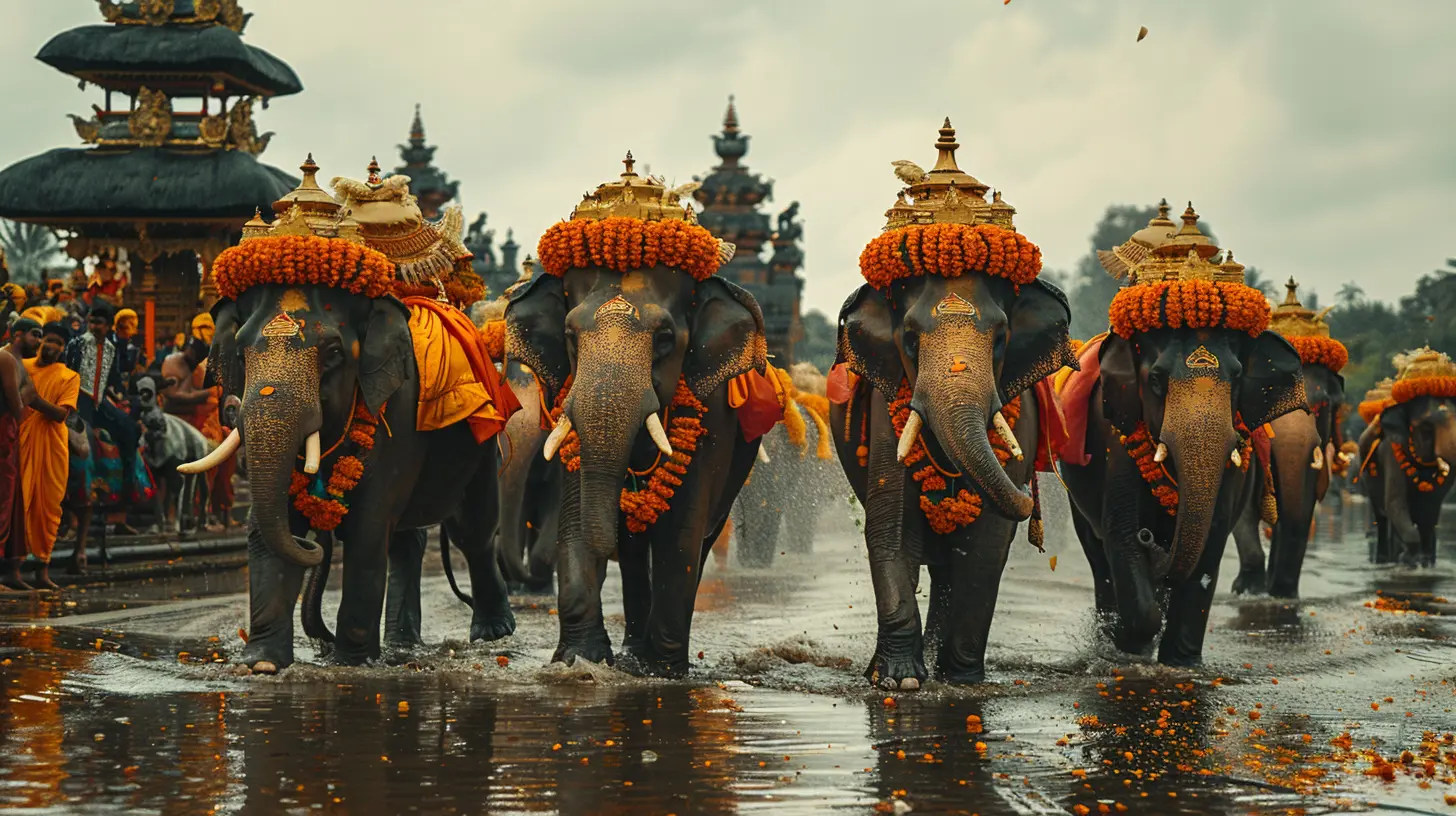
The Deep Connection Between Animals and Tribal Festivals
Reverence for Spirit Animals
In tribal cultures, animals aren’t just creatures; they're seen as powerful spirits or messengers from gods. Have you ever heard the term "spirit animal"? Many tribal cultures believe that every person has an animal counterpart, a reflection of their inner strengths and weaknesses.Take the Native American Bear Dance festival for example. Here, the bear is much more than a wild animal—it’s a source of strength, protection, and guidance. Tribes like the Ute perform bear dances to communicate with the bear spirit, which they believe can heal illnesses and bring power to their community.
In similar ways, African tribes, such as the San people, pay homage to different animals during their celebrations. The San partake in trance dances, believing that animals possess a spiritual essence that can be channeled for the benefit of the tribe. These ceremonies sometimes involve mimicking the movements of animals, allowing participants to transform into their spirit animals, invoking protection, fertility, or luck.
Totem Animals: Connecting the Tribe to the Natural World
Ever noticed how some festivals have specific animals that are always featured? That’s because many tribes have what’s known as totem animals—an animal that represents the tribe’s qualities or has a spiritual significance to them. For instance, in the Pacific Northwest of the U.S., the totem pole is frequently seen in tribal art and festivals. These poles are carved with animals that represent the tribe's history and important beliefs.The Haida tribe's festivals, for instance, often feature the Raven and Orca, creatures considered both protectors and tricksters. To the Haida, these animals are not just spectators of their world, but integral participants. The Raven is said to have brought light to the world, while the Orca guides lost souls back to the sea. Their festivals pay homage to these totems, reinforcing the tribe’s connection to the animals and the natural world.
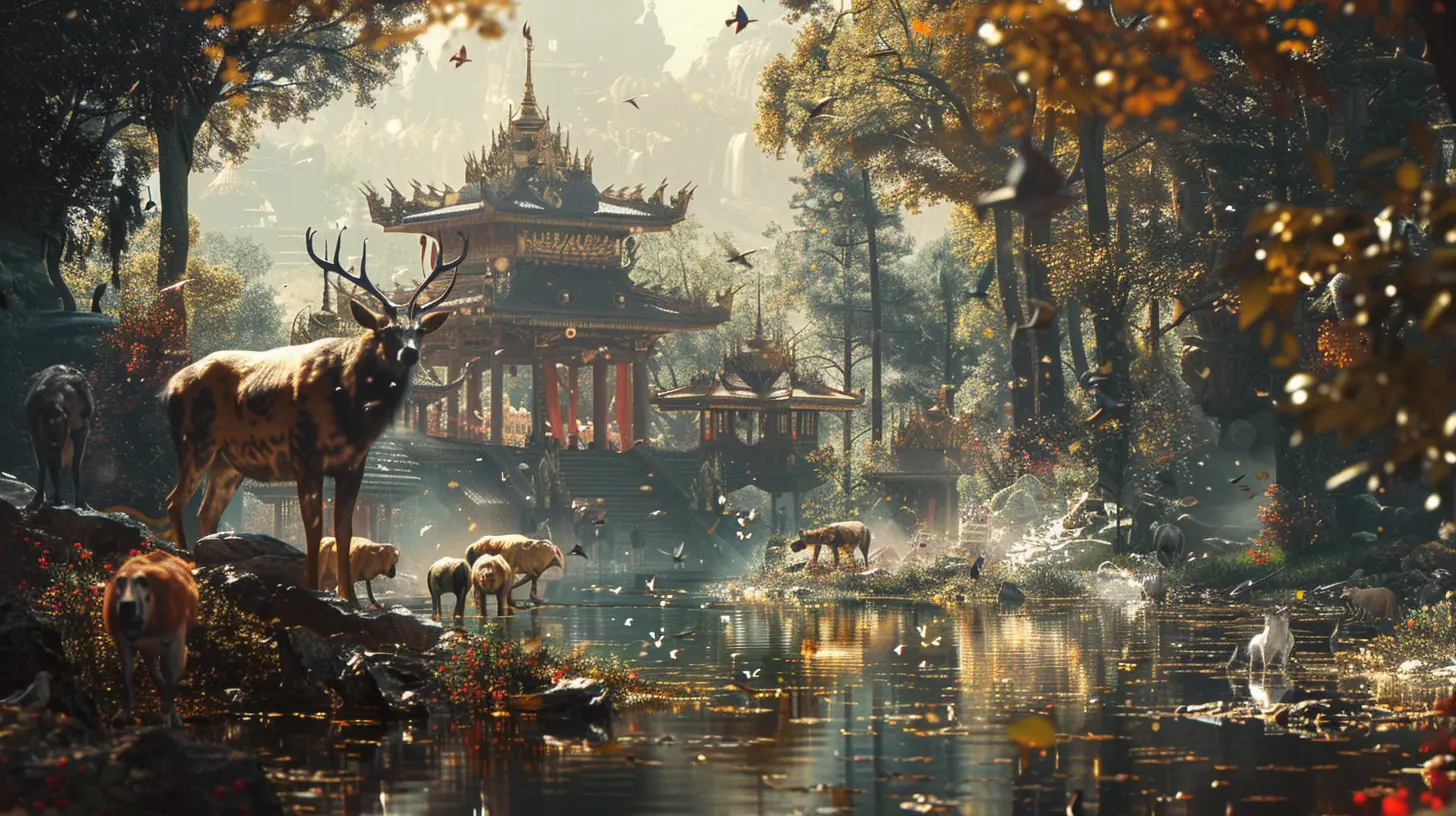
Nature: The Infinite Provider in Tribal Celebrations
Now that we’ve seen how animals play their part, let’s leaf through (pun intended) nature’s role.The Harvest Festivals: A Tribute to the Earth’s Bounty
Let’s talk food – because that’s often a key element in tribal festivals. But we’re not just talking about any old meal. These are feasts where the tribe thanks the earth for its bounty. Harvest festivals are centered around the changing seasons, often marking the end of planting or hunting seasons.For example, the Green Corn Festival of the Seminole tribe celebrates the corn harvest, one of their most vital crops. During this festival, the tribe offers thanks to the earth for providing food, while also asking for protection for the next growing season. This is a moment where nature is not just appreciated but revered as the patriarchal force that sustains the tribe’s well-being.
In India, the Bhagoria Festival of the Bhil tribe doubles as a harvest festival, deeply connected to the changing patterns of nature. The festival celebrates the yield of crops, but it also represents a time when love blossoms and marriages take place, symbolizing reproduction and abundance—both for the earth and for the people.
The Elemental Festivals: Celebrating Water, Fire, and Wind
Different elements of nature hold different meanings in various festivals. Water, for example, might symbolize life and purity, while fire could represent purification, transformation, or destruction.Take the Yam Festival of the Igbo people in Nigeria. This festival doesn’t just celebrate the arrival of the new yam (a critical staple food); it also honors the role of rain, sun, and earth in making it grow. Without these elements working in perfect harmony, the harvest wouldn’t be successful—and therefore, nature is praised for its life-giving properties.
In Sami culture (Northern Europe), reindeer are revered, and festivals around springtime often center on the migration of these animals. The Sami also respect the natural elements—wind patterns to guide reindeer, snow for insulation during the harsh winters, and water from thawing rivers as a source of life for the animals. In essence, these natural elements are celebrated through stories, songs, and dances.
Sacred Landscapes and Their Spiritual Power
It’s not just the animals or elements that get all the love—specific landscapes often hold sacred power in tribal cultures. For instance, mountains, rivers, and forests may act as homes for spirits, gods, or ancestors. The Hopi people in the southwestern United States, for example, revere the San Francisco Peaks for their spiritual significance. During their festivals, the peaks are central not just as a geographic point but as a ceremonial cornerstone.In similar ways, the Maasai people (Kenya and Tanzania) celebrate the Enkipaata festival, which involves boys becoming men through a series of rites. These rites often take place in sacred forests, believed to be inhabited by spirits that help guide the young initiates. The forest, in this context, is not just a backdrop; it’s a key player in the spiritual narrative.
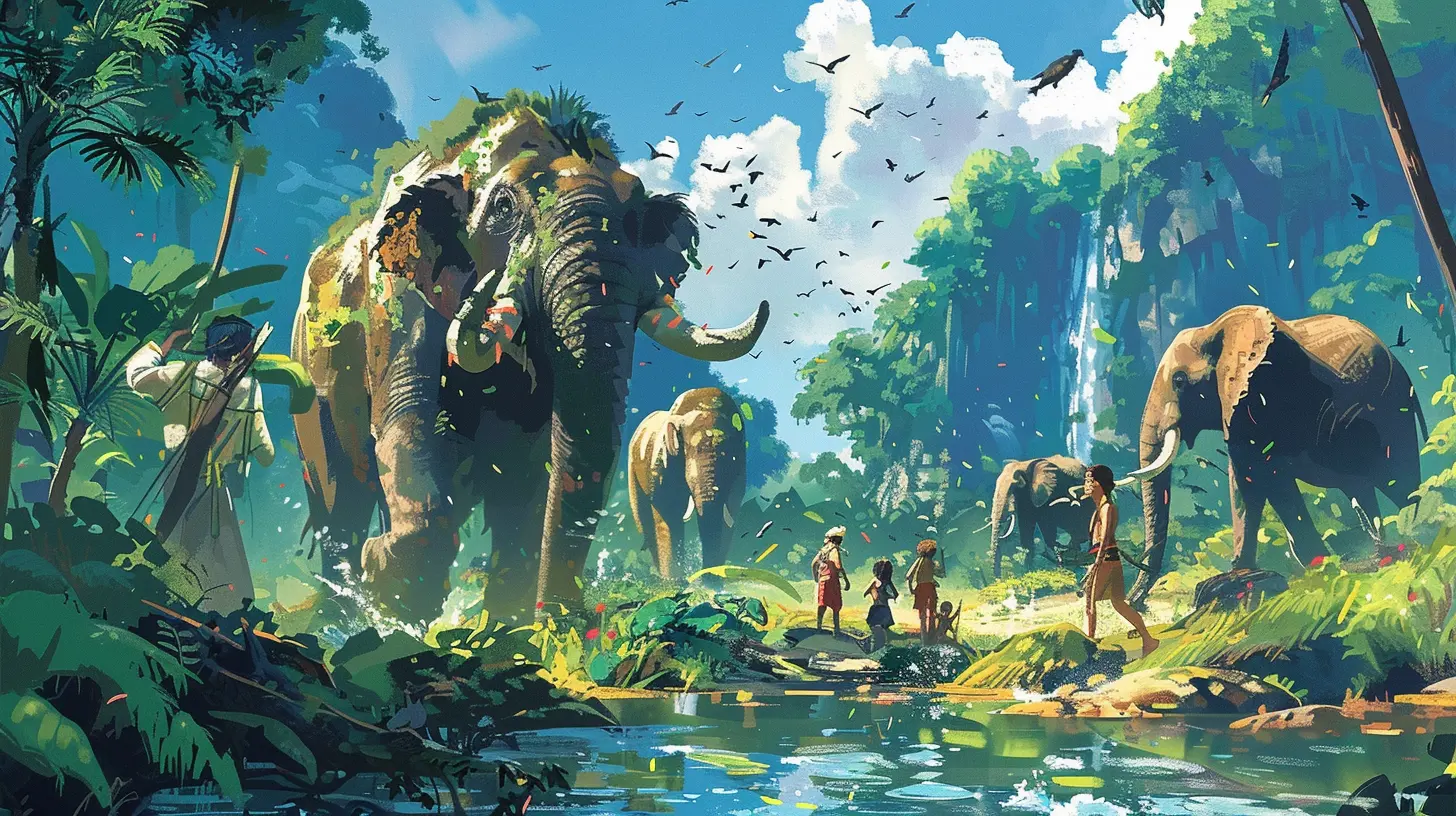
Why It All Matters
Alright, so now you may be wondering—why should you care about the significance of animals and nature in tribal festivals? Well, in a world that’s slowly losing its connection to the natural environment, tribal traditions remind us that we’re part of something bigger. While many of us live in fast-paced urban settings, tribal festivals teach us the importance of respecting the earth, animals, and the delicate balance of nature.These festivals act as a bridge between humans and the natural world. They remind us that animals aren’t inferior beings, and nature isn’t just a resource to be exploited. They emphasize the interconnectedness of all life—animals, humans, plants, and the elements—all working together in harmony.
Tribal festivals aren’t just about festivities; they are powerful teachings that come alive through song, dance, and ritual. They pull us out of our modern bubble and reconnect us to this ancient truth: There is no separation between us and nature.
Conclusion
In the grand tapestry of tribal festivals, animals and nature aren’t just supporting characters—they’re the stars of the show. From honoring spirit animals to celebrating the earth’s bounty through harvest festivals, these elements are interwoven into the very fabric of tribal life. Understanding the role of nature and animals in these celebrations unlocks a deeper appreciation for the simple, yet powerful relationships tribal communities have fostered for centuries.So, next time you find yourself in the wilderness or hear the chirp of a bird, take a moment to think of the tribes who celebrate these everyday wonders in ways we’ve long forgotten. After all, aren't we all just part of the same circle of life?

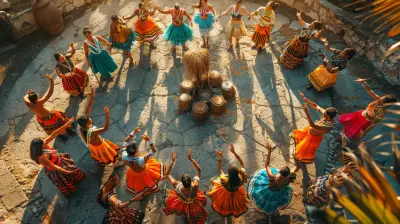



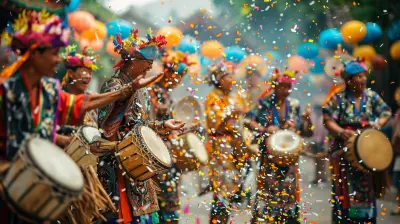
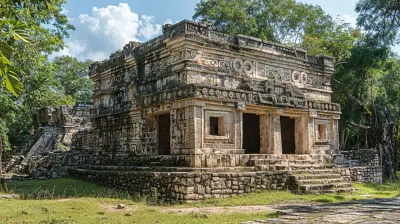


Nala Ward
Who knew animals could steal the spotlight? From dancing llamas to drumming elephants, tribal festivals celebrate nature’s quirkiest stars! Let’s tip our hats to the furry and feathered friends adding flair and fun to these vibrant traditions. Nature knows how to party!
February 24, 2025 at 5:57 AM